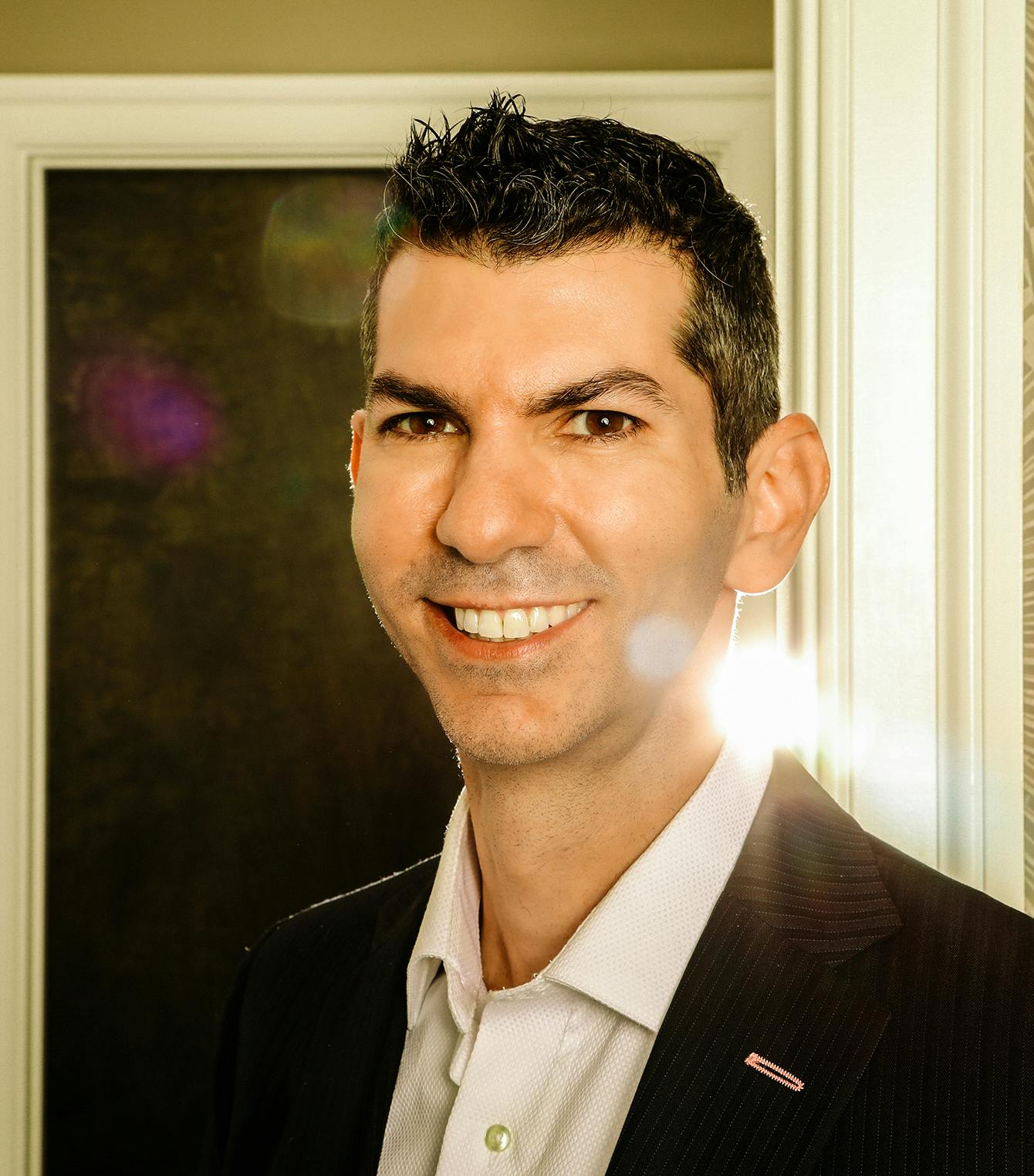Prominent or asymmetrical ears can cause self-consciousness at any age. Dr. Guy Cappuccino, a board-certified plastic surgeon with extensive fellowship training, performs otoplasty to restore proportion and confidence.
What is Otoplasty?
Otoplasty, or ear surgery, reshapes the outer ear (auricle) to improve proportion and symmetry. The auricle is made of pliable cartilage covered by thin skin, and while its natural variations give character, certain conditions can make ears appear overly large, protruding, or uneven.
These differences may be:
- Congenital: Present from birth, such as prominent ears or underdeveloped folds.
- Developmental: Irregularities in cartilage growth that affect shape or projection.
- Traumatic: Injuries that alter the ear’s contour or position.
Here’s what you need to know:
- During otoplasty, discreet incisions are typically placed behind the ear to access and sculpt the cartilage framework
- Sutures are then used to refine the ear’s contour or reposition it closer to the head
- In children, the cartilage is more flexible, making correction especially effective
- However, adults also achieve lasting results through the same advanced techniques









